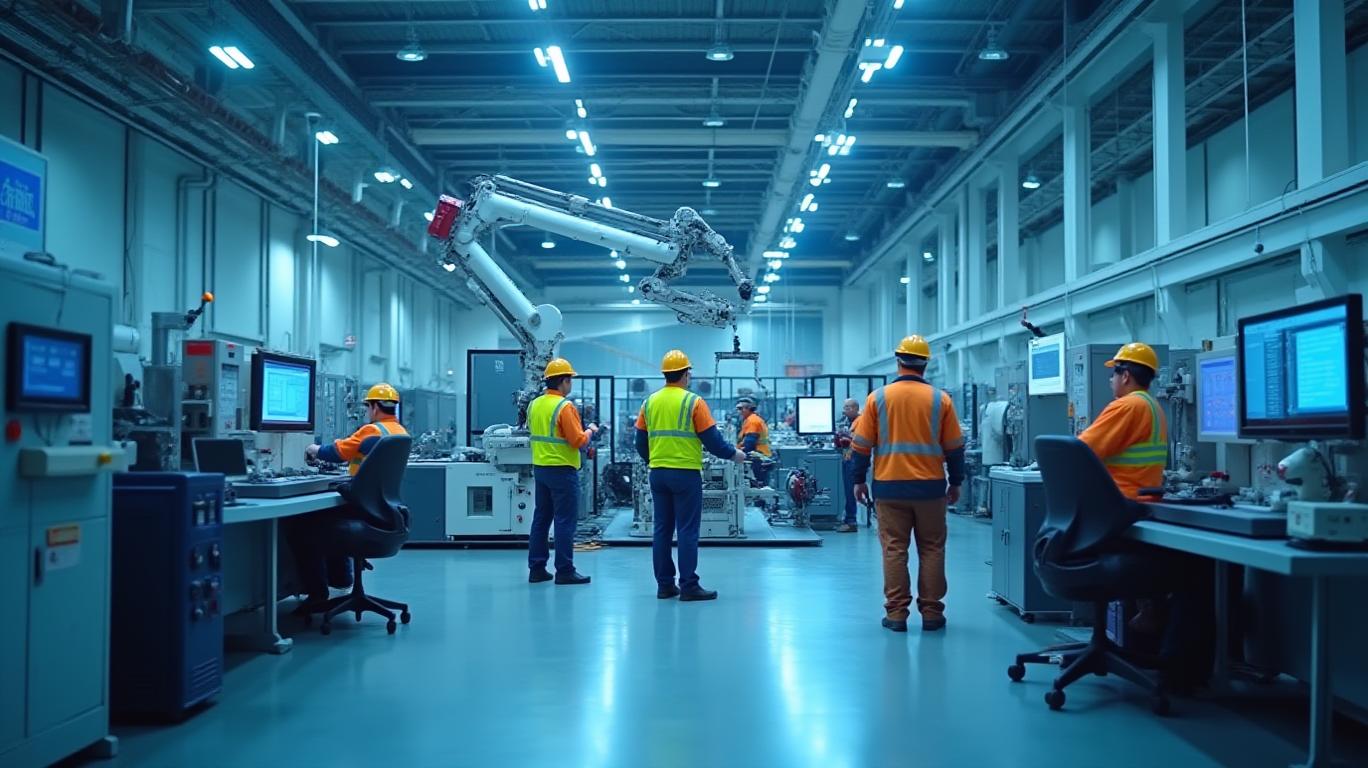Parker-Hannifin’s Dividend Growth Machine: A Steady Hand in Volatile Markets
Parker-Hannifin Corporation (NYSE: PH) is set to distribute a $1.80 per share dividend on June 6, 2025, to shareholders of record as of May 9—a 10% increase from the previous quarter’s payout of $1.63. This marks the company’s 300th consecutive quarterly dividend and extends its record of annual dividend hikes to an unmatched 69 straight years. For income-focused investors, this announcement underscores Parker-Hannifin’s position as a dividend aristocrat with a reputation for financial discipline. But how sustainable is this payout, and what risks might lie ahead?

The Numbers Behind the Dividend
The $1.80 quarterly dividend translates to an annualized yield of 1.07%, based on the stock’s recent price of around $705. While this yield trails the industrial sector’s 1.456% average, it aligns with Parker-Hannifin’s conservative capital allocation strategy. A key metric to note is the payout ratio, which stands at 24.66%—well below the typical threshold of 60% that could signal overextension. This low ratio means the company retains over three-quarters of its earnings for reinvestment or future dividends.
The company’s payout is further bolstered by a 18% annual earnings growth rate over the past five years, driven by its diversified portfolio in motion and control technologies. With operations spanning aerospace systems, industrial automation, and fluid power, Parker-Hannifin’s revenue streams are resilient to cyclical downturns.
A Track Record of Consistency
Parker-Hannifin’s dividend history is a testament to its financial strength. Over the past decade, it has grown its dividend at a 12.46% annualized rate, outpacing inflation and most peers. The recent $1.80 hike reflects a 11.28% year-over-year increase, demonstrating management’s confidence in its balance sheet.
The company’s 69-year streak of dividend increases places it among the top five longest-running dividend growers in the S&P 500. This longevity is no accident: Parker-Hannifin prioritizes free cash flow, with a $1.4 billion cash balance as of Q1 2025 and minimal debt.
Risks to Consider
Despite its strengths, Parker-Hannifin is not immune to macroeconomic headwinds. The company warned of potential risks tied to supply chain disruptions, geopolitical tensions, and economic volatility in its SEC filings. For instance, a slowdown in aerospace or industrial sectors could pressure margins.
The 1.07% dividend yield also lags peers, a trade-off for investors seeking higher income but valuing stability. Meanwhile, the stock’s forward P/E ratio of 27.4 exceeds its five-year average, suggesting it may be priced for perfection.
Conclusion: A Dividend Titan Worth Watching
Parker-Hannifin’s upcoming $1.80 dividend is more than a payout—it’s a milestone of financial stewardship. With a 24.66% payout ratio, 18% earnings growth, and a 69-year dividend growth streak, the company has ample room to sustain and grow its payments.
Investors should, however, remain cautious. The stock’s valuation and macro risks warrant monitoring, but the dividend’s safety is bolstered by a $25.98 per share earnings estimate for _2025, which comfortably covers the $7.56 annual dividend. For long-term portfolios seeking reliable income and capital appreciation, Parker-Hannifin remains a compelling choice—especially if its stock price corrects from recent highs.
In sum, Parker-Hannifin’s dividend machine continues to run smoothly, offering a rare blend of growth and reliability in an uncertain market. The ex-date on May 9, 2025, is a critical marker for income investors—those who miss it will wait until the next quarter to participate in this engineering giant’s rewards.










